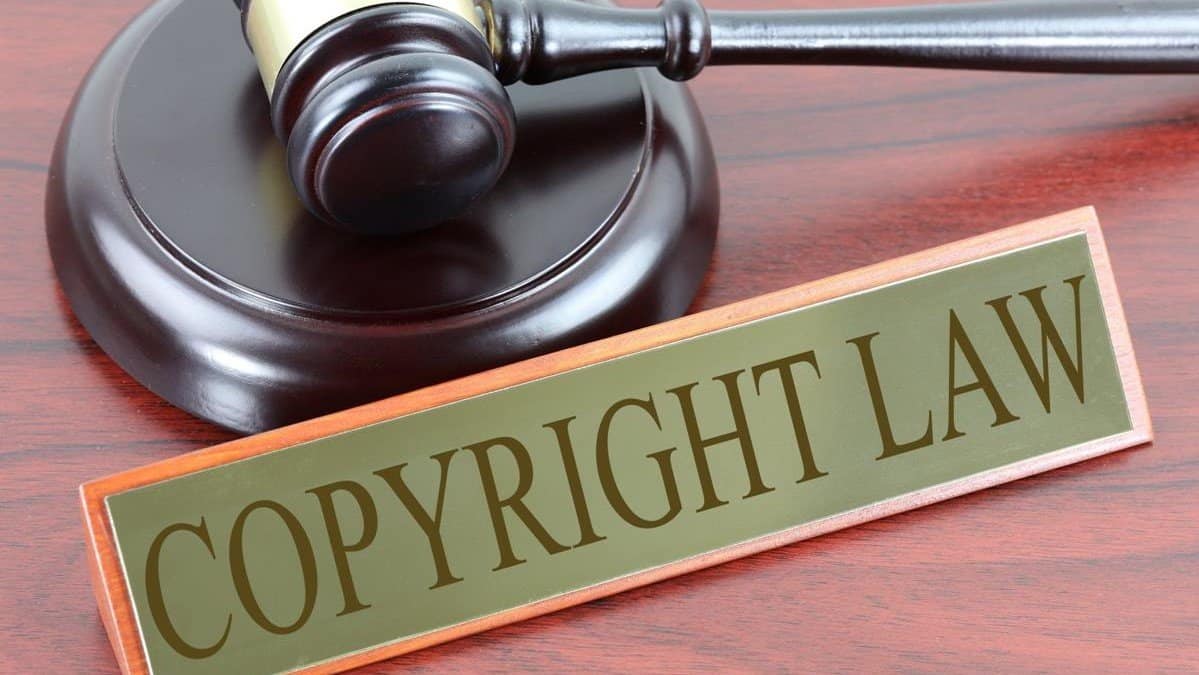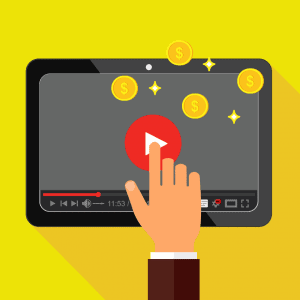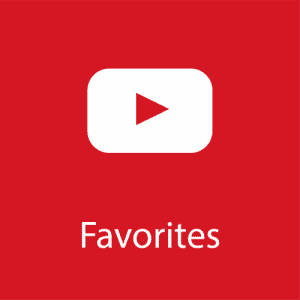Table of Contents
1. Introduction to Copyright Claim on YouTube
YouTube is one of the most popular video-sharing websites in the world. It allows users to upload, view, and share videos with millions of other people around the globe. But with all this activity comes a risk of copyright infringement. To protect content creators from having their work stolen or misused, YouTube has implemented a system of copyright claims that allows owners to take action when their work is being used without permission. In this article, we’ll take a look at what copyright claims are, who can file them, and how you can avoid getting one yourself.
2. What is a Copyright Claim?
A copyright claim is an assertion by a content creator or rights holder that someone else has infringed upon their copyrighted work (e.g., music, videos, images). When someone files a copyright claim on YouTube, they are asking YouTube to remove the infringing material from its platform and/or take other action against the person who uploaded it (e.g., suspend their account).
3. How do Copyright Claims Work on YouTube?
When someone files a copyright claim on YouTube, they are essentially making an accusation that another user has violated their rights by using their content without permission. Once the claim is made, YouTube will review it and decide whether or not to take action against the accused user’s account (e.g., issue a warning or even suspend it). If the accused user believes that they have not violated anyone’s rights, they can dispute the claim and present evidence in their defense.
4. Who Can File a Copyright Claim?
Anyone who owns or controls copyrighted material can file a copyright claim on YouTube – including musicians, filmmakers, photographers and other content creators as well as companies that own large catalogs of copyrighted works (e.g., record labels).
5. The Three Different Types of Copyright Claims
Copyright claims come in three different forms: Content ID claims; Manual Claims; and Standard Copyright Notices (also known as DMCA takedown notices). Content ID claims are automated and allow rights holders to quickly identify if any of their works have been used without permission; Manual Claims require more manual review by YouTube staff; while Standard Copyright Notices must be filed through an attorney or representative in accordance with US law (the Digital Millennium Copyright Act).
6. What to Do If You Receive a Copyright Claim
If you receive a copyright claim on your account for something you believe you have not done wrong then you should dispute it immediately – either through YouTube’s dispute process or through legal counsel if necessary – in order to protect your rights as well as your reputation online. If you do not dispute the claim then it could result in your account being suspended or even terminated depending on how many times you have received similar claims before this one occurred.
7. How to Avoid Receiving a Copyright Claim
The best way to avoid receiving a copyright claim is simply by being careful with what kind of content you upload onto your channel and ensuring that it does not infringe upon anyone else’s copyrights – either directly or indirectly via fair use laws (which vary from country to country). Additionally, if you plan on using third-party materials such as music or images then make sure you get written permission from the owner before uploading them onto your channel otherwise it could lead to legal repercussions down the line if someone decides to file a copyright claim against you for using their material without authorization..




